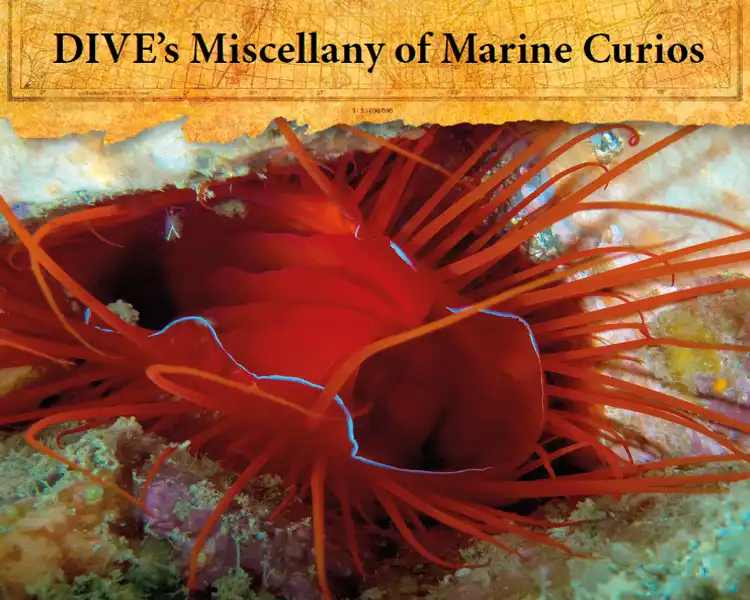
It was given its name for its flashing light display, but Ctenoides ales – the disco clam – is more like a mirrorball than a dancefloor strobe
The soft tissue of Ctenoides ales flashes like a light show, hence the various common names it has such as disco clam, the awesome-sounding electric flame scallop (although it’s not a scallop) and the electric clam.
A member of the Limidae family of file clams, it is one of only two bivalves known to have light displays (the other is Ctenoides scaber, the not-so-interesting-sounding ‘rough file clam’) and is widespread in the reefs around Indonesia and Palau.
The disco clam’s light display was originally thought to be a form of bioluminescence, however, research by marine biologist Lindsey Dougherty at Lembeh Resort in North Sulawesi, Indonesia, published in 2013, established that the display is actually a reflection of ambient light (the sun or a diving light) bouncing off highly reflective silica tissue on the edge of their mantles.
High-speed video revealed that the clam exposes and hides this silica edge in rapid succession, giving the impression of emitting a flashing light.
A further study by Dougherty in 2016 suggests that the display is most likely a predator deterrent.
More from DIVE’s Miscellany of Marine Curios:
- Marine Curios #15 – Regalecus glesne, or giant oarfish
- Marine Curios #14 – Kiwa hirsuta, or Yeti crab
- Marine Curios #13 – Marrus orthocanna, a pelagic siphonophore
- Marine Curios #12 – Clione limacina, or naked sea butterfly
- The complete collection of DIVE’s Miscellany of Marine Curios


